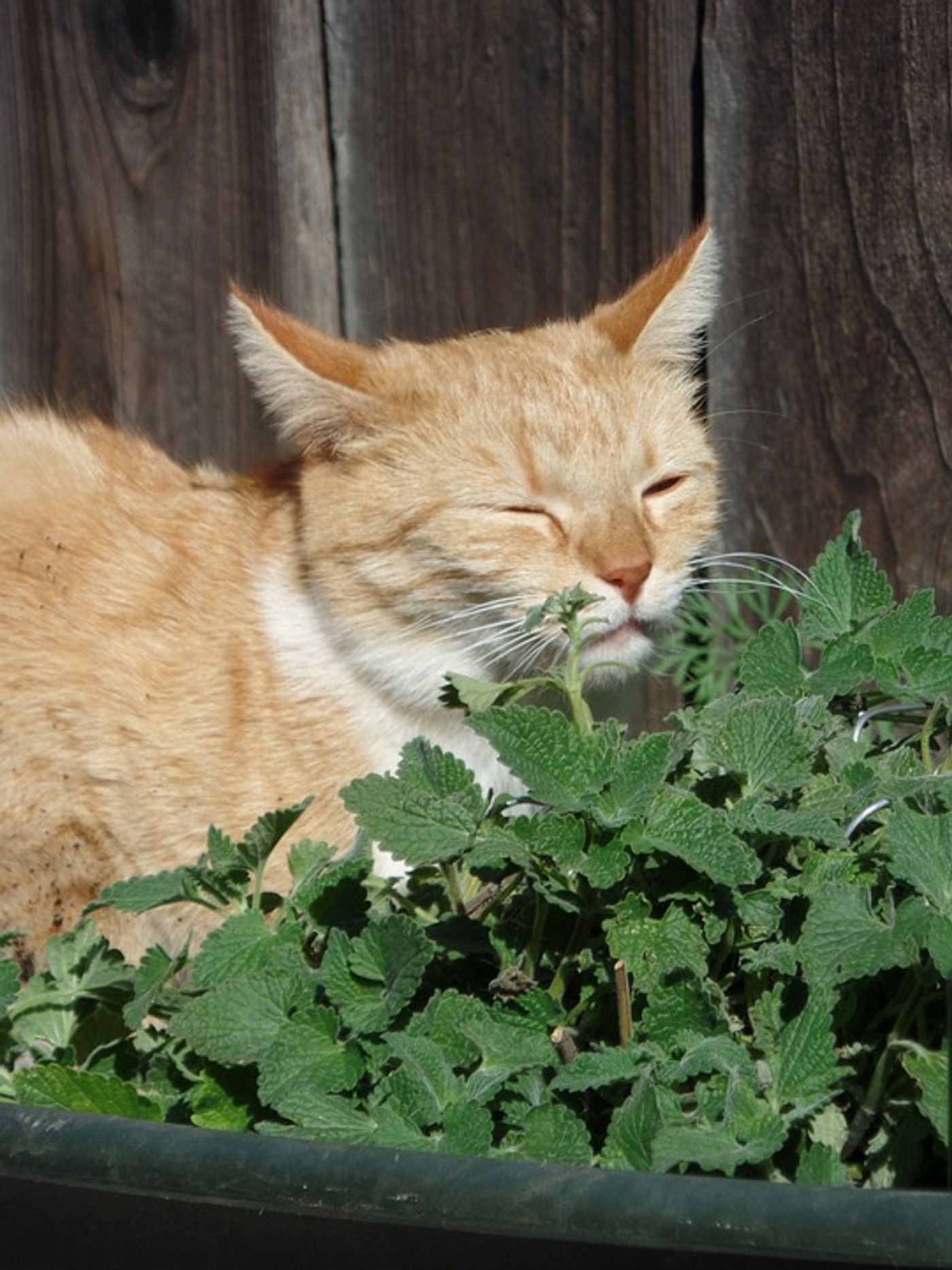What can we learn from catnip?
Findings from a recent study published in Science Advances report new insights on the evolution of a commonly enjoyed plant: catnip. The findings give significant context on how plants lose and regain defensive compounds, according to study co-author Pamela Soltis, Florida Museum of Natural History curator and University of Florida distinguished professor.
"If we know how evolutionarily flexible a trait is, we can hypothesize about how easy or difficult it might be to modify the trait in another species through plant breeding, genetic engineering or gene editing," she said. "It might be possible to make a crop more resistant to pests if we know that a close relative re-evolved a compound that had previously been lost."
The study suggests that the chemical in catnip that makes cats crazy, nepetalactone, originally evolved to defend the plan from pests. Nepetalactone is in a class of chemicals called iridoids, which act as insect repellants.
"Understanding these plants' underlying biochemical pathways is key to using them for human health," elaborated study co-author Douglas Soltis, referring to iridoid-derived cancer treatments.
Using comparative genomics, the researchers traced the ancestral genes and enzymes of the deletion of a gene within the ancestor plant of catnip that resulted in the loss of iridoid production about 55-65 million years ago. They then traced the reemergence of a new unique chemical pathway that resulted in nepetalactone 20 million years ago.
"There is a lot of evolutionary back-and-forth in all sorts of characteristics in plants - such as the origin of succulence in cacti, jade plants and aloe, or multiple derivations of red or purple pigments in distantly related species," Pamela Soltis said. "But whenever the 'same' thing re-evolves, it always turns out that it has done so slightly differently - always with a 'twist.'"
"As the mint family migrated across Eurasia, semi-arid habitats could have imposed new selective pressures," concluded Douglas Soltis. "Maybe iridoids are more effective as defense compounds in those environments. That can't explain the origin of the new pathway, but it can explain the selection for it once it originates."
Sources: Science Advances, Eureka Alert









